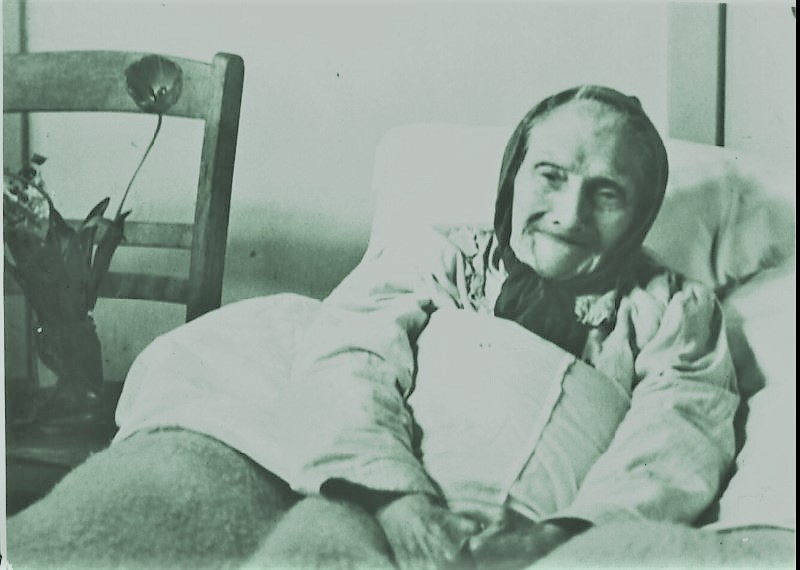
When Westerbork was built in 1939 as a refugee center for Jewish refugees from Germany and Austria, it also included a hospital.
The hospital grounds were originally known as Centraal Vluchtelingenkamp Westerbork, a camp for refugees arriving mainly from the neighboring country, Germany. It was those refugees themselves who in 1939 built Barrack No.12 and converted it into a hospital equipped with little more than tweezers and scissors.From May 1940 to July 1942, the camp stayed under Dutch administration. Under the Dutch, conditions were still reasonably good.
When the Nazis took it over in 1942 however things changed. Westerbork became a transit camp, an stop over as such, before the prisoners were deported to the extermination camps. But it was important for the Nazis to keep the illusion going that things were still fairly normal. Therefor the Hospital played an important role.
While the doctors and managers had their heads in the sand, the harsh reality finally hit home in October 1942. A tsunami of new patients, including their doctors and nurses, inundated the camp. Jewish hospitals and nursing homes had been emptied straight into Westerbork’s hospital. This flooded the hospital’s capacity, created shortages, chaos, and one disease outbreak after the other. Both patients and personnel who fell ill found it hard to recover. Chronic fatigue was endemic. Camp disease and relentless diarrhea were common. Tuberculosis, measles, diphtheria, yellow fever, whooping cough, scarlet fever, and lice all reigned supreme. Quarantine measures became necessary, and provided one last reason to delay transport. Escape was now virtually impossible. Suicide attempts increased to around four a week, and though the medical staff again managed to save most, the psychiatric ward in Barrack No. 3 exploded.
The disturbing thing is that people who were too sick to travel to the death camps, first had to be nursed back to a reasonable level of health, in order to be send to the extermination camps.
No one was safe in Westerbork and it didn’t matter what age you were. Whether you were an infant, like the children in the picture above, or a 102 year old woman. You eventually would be send to your death.

The photo aboveshows Mrs. Klara Brush-Engelsman. She was born in Amsterdam on April 30, 1842 and was to be murdered in Theresienstadt(although some sources say Auschwitz)at the age of 102, on October 12, 1944.
The oldest Dutch victim of the Nazi terror
Of course, the question was then also why these elderly people had to be deported for the ‘Arbeitseinsatz’. Statements by Nazis that older women could still change diapers were, of course, inhumane.
sources
https://www.geni.com/people/Klara-Engelsman/6000000088276943915
https://www.joodsmonument.nl/en/page/228136/klara-borstel-engelsman#intro
Westerbork Hospital—a blessing in disguise

Reblogged this on History of Sorts.
LikeLike